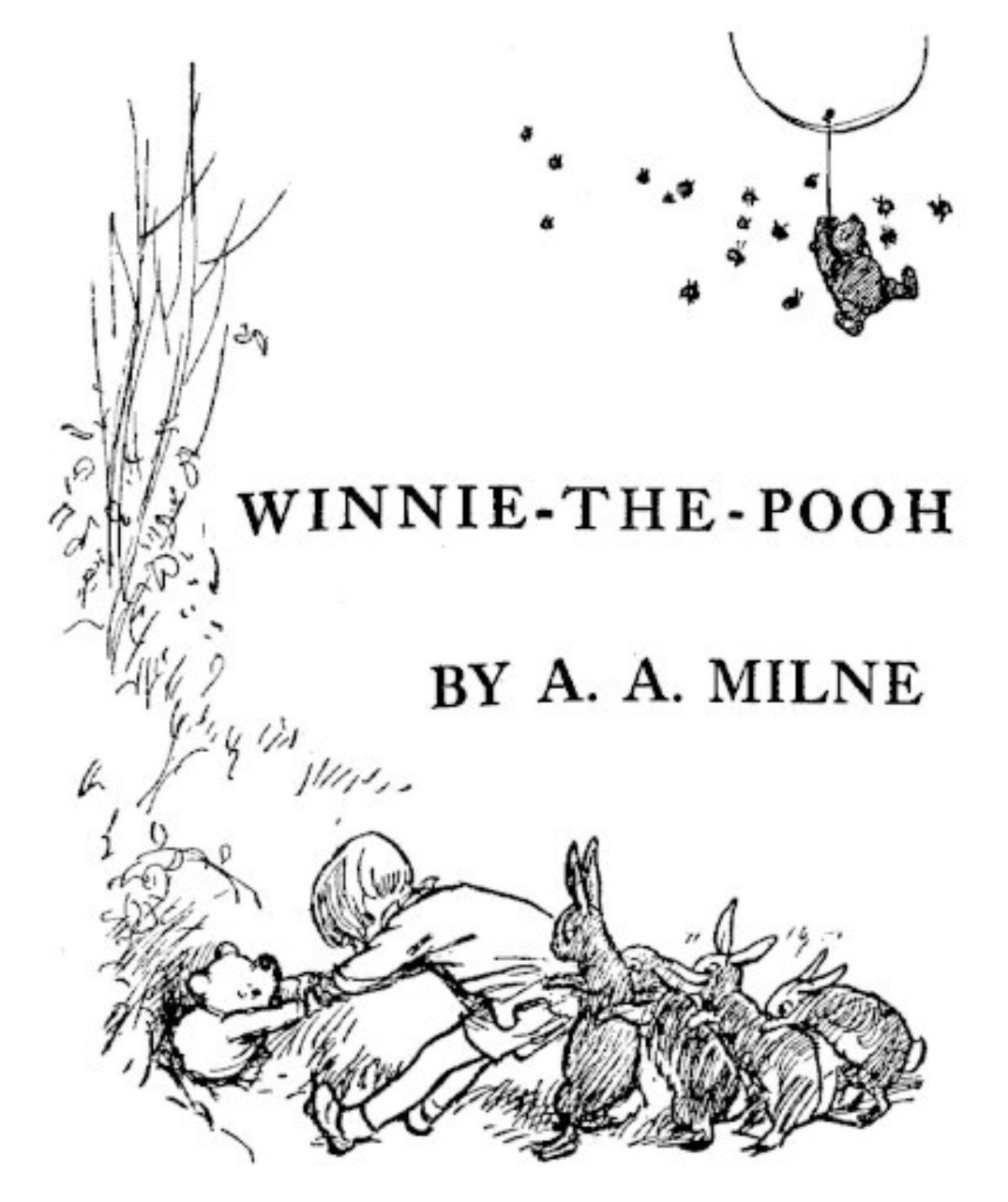
As Winnie-the-Pooh turns 99 this year, we have to look back at the character’s origin. Most people know about the silly old bear primarily from the Disney films, but most people rarely look at the original book by A. A. Milne. How were the characters originally like? Do the original stories still hold today?
Story Structure of Winnie-the-Pooh

One thing that I definitely find very unique about the story is its structure. The original book mostly contains episodic short stories featuring the various characters with no overlapping narrative. This might be an unpopular opinion, but although I like stories with a strong, overlapping narrative, I think the short story structure is pretty fun and kind of underrated. It allows us to see the characters in different scenarios and lets them play off each other.
I read many books that had this particular structure, like Beezus and Ramona and The Stories Julian Tells. This structure made the stories more character-driven and made the characters more charming and memorable themselves. While I do like strong narratives, these kind of episodic stories are kind of engaging and I definitely hope that they can make a comeback in children’s books soon.
I think another funny aspect of the book is the way that some of the letters of words are capitalized to highlight how serious a character views a situation. For example, in the stories, Pooh describes himself as a “Bear of Very Little Brain”. I think it makes the childlike wonder of the stories pretty engaging and interesting, and it is a nice little detail.
Winnie-the-Pooh Himself

Of course, Winnie-the-Pooh is nothing without the titular character.
As a character, I think Pooh is fairly engaging. He lives in the moment and has a naive, childlike view of the world, which gets him into trouble. However, despite Pooh fitting the archetype of an idiot, I think Pooh is a pretty subversive portrayal.
For one, unlike most characters that are idiots, Pooh seems to be aware that he is a bear of little brain, yet somewhat accepts his shortcomings and tries to do his best anyway. Secondly, Pooh also subverts the idiotic archetype by also doing smart or clever things throughout the stories, namely his poems, as well as the rescues he makes in Chapter 8 and Chapter 9. Pooh is a lovable character because while you laugh at his shortcomings, you also root for his successes.
Other Winnie-the-Pooh Characters

Pooh can’t do it alone. The other characters also play a major role in the stories.
One thing that’s interesting is that the characters in the book are slightly different from their Disney counterparts. For example, Piglet gets easily scared, but in the books, he seems to try to hide his fear and attempt to look brave. Eeyore is far more grouchy and pessimistic than he was in the Disney version. Kanga is also a bit more harsh as opposed to how she was in the Disney version.
Although I like how sweet the Disney versions of the characters are, I also like the slightly more cynical traits present in the book, because it makes them interesting.
Conclusion
Overall, the original Winnie-the-Pooh story by A. A. Milne is a fun read. If you are interested in looking at it, click here.

Leave a Reply